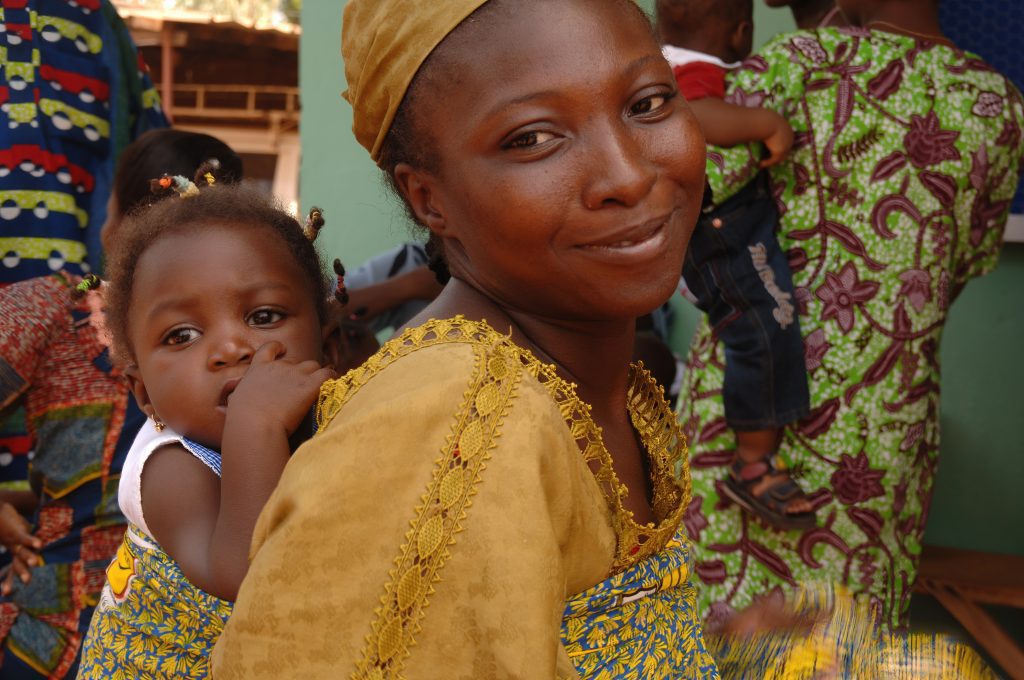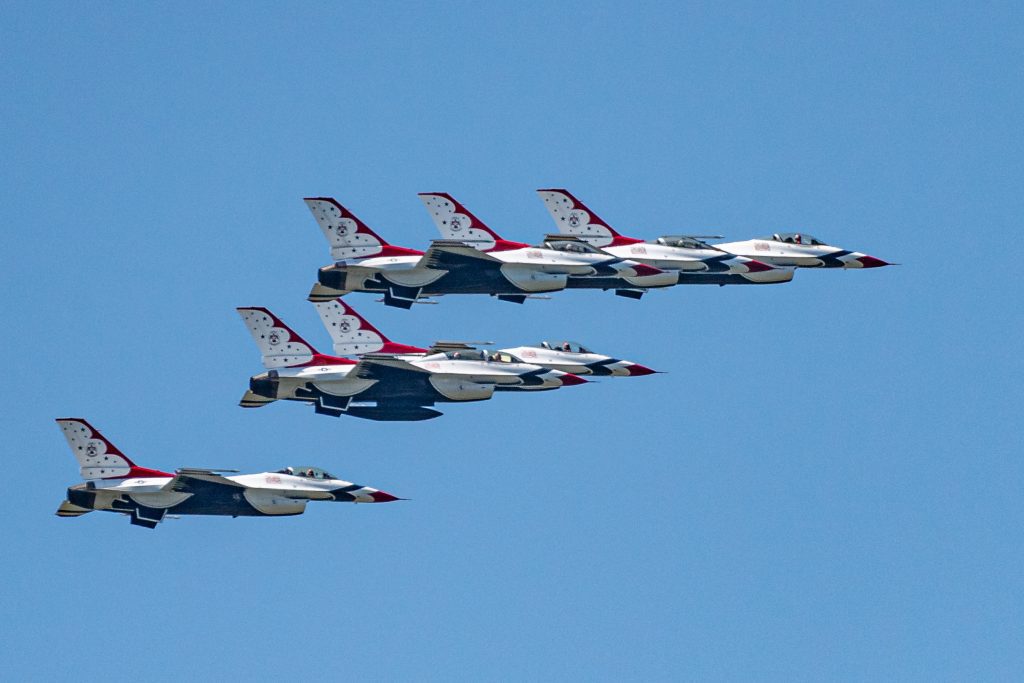[NIKON Z 9, NIKKOR Z 24-120mm f/4 S, Mode = Aperture Priority, ISO 14400, 1/250, ƒ/4, (35mm = 24)]
Nikon DSLR & Digital cameras have come a long way since the release of the Nikon D100 in 2002. Over the years, Nikon has consistently pushed the boundaries of photography with innovative features and advanced technology. Here’s a look at the evolution of Nikon cameras from 2002 to today’s Nikon Z9.

2002- Nikon D100
The Nikon D100 was the first digital SLR camera from Nikon and marked the beginning of the digital age for Nikon. With a 6.1-megapixel sensor, the Nikon D100 was ahead and quickly became a popular choice for professional photographers.

2004- Nikon D2X
The Nikon D2X was an upgrade from the D100 and featured a 12.4-megapixel sensor, improved autofocus, and higher ISO performance. This camera was well-received by professional photographers and set a new standard for image quality.

2010- Nikon D3
The Nikon D3 was a game-changer when it was introduced in 2007. One of the significant innovations of the Nikon D3 was its high ISO performance. Before the release of the D3, digital SLR cameras struggled to produce high-quality images in low-light conditions. The D3, however, was capable of producing clean and noise-free images at ISO levels that were previously unimaginable. This was a significant breakthrough for professional photographers who often work in challenging lighting conditions. Shooting at high ISOs allowed photographers to easily capture fast-moving subjects and produce images with exceptional detail and clarity. Its low-ISO performance below ISO 800 is practically noise-free and retains many details and colors to ISO 12,800.

2012- Nikon D4
The Nikon D4 was a significant upgrade from the D2X and featured a 16.2-megapixel sensor, an advanced autofocus system, and improved high ISO performance. This camera was popular among sports and action photographers and remains a classic today.

2016- Nikon D5
The Nikon D5 was the next generation of the D4 and featured a 20.8-megapixel sensor, an advanced autofocus system, and improved high ISO performance. The camera has 102 more focus points of 153 vs 51 in the Nikon D4. Also it is 2x better video recording quality of 2160 x 30fps vs 1080 x 30fps than with the D4.
2012- Nikon D800
The Nikon D800 was a significant leap forward for Nikon and featured a 36.3-megapixel full-frame sensor. This camera set a new standard for image quality and was a popular choice for landscape and studio photographers. I did not buy this camera or use it, but I was aware of the megapixel count going up.

2018- Nikon Z6 & Z7
With the release of the Nikon Z7, Nikon entered the mirrorless camera market. The Z7 featured a 45.7-megapixel full-frame sensor, an advanced autofocus system, and a sleek, compact design. This camera marked a new era for Nikon and paved the way for future mirrorless cameras. The Nikon Z6 is a full-frame mirrorless camera introduced in 2018 alongside the Nikon Z7. The Z6 is positioned as a more affordable alternative to the Z7 and features a 24.5-megapixel sensor, advanced autofocus system, and 4K video capabilities. The Nikon Z6 is a versatile camera well-suited for various photography genres, including portrait, landscape, and action. The compact design and fast autofocus make the Z6 an excellent choice for photographers who need a reliable camera for both stills and video. With its advanced technology and affordable price, the Nikon Z6 is popular with amateur and professional photographers.

2021- Nikon Z9
The Nikon Z9 is the latest and greatest camera from Nikon. This full-frame mirrorless camera features a 45.7-megapixel sensor, improved autofocus, and 4K video capabilities. With its advanced technology and sleek design, the Nikon Z9 is the ultimate tool for photographers.
In conclusion, Nikon has come a long way since the release of the D100 in 2002. With each new release, Nikon has pushed the boundaries of what is possible with digital cameras. From high-quality sensors, advanced autofocus systems, and sleek designs, Nikon has consistently delivered cutting-edge technology to photographers worldwide.

